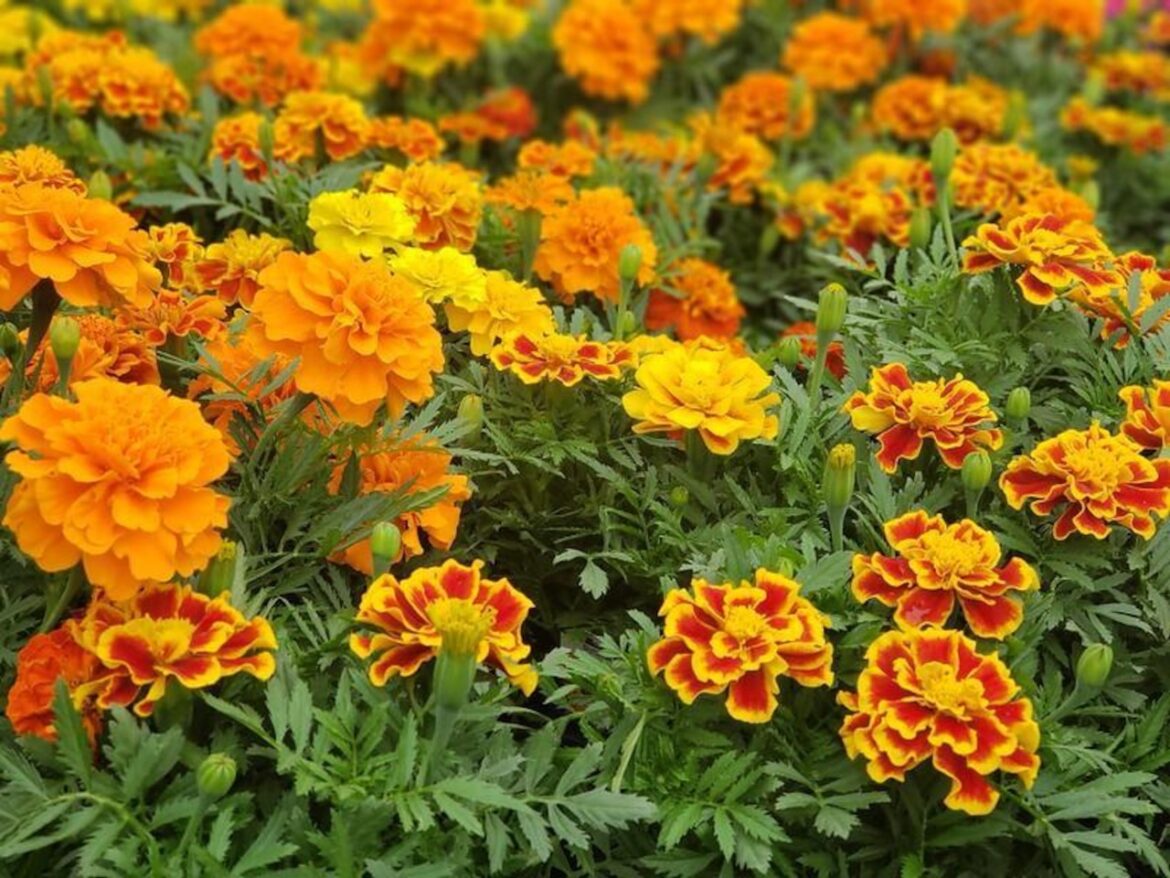CORVALLIS — The days are short, the rain often unrelenting, and the holidays fast approaching — but a little time in the garden or garage now can make a big difference come spring.
Clean up garden beds
A common question this time of year is whether to cut plants back now or wait until spring. When it comes to vegetable gardens, the answer is clear: remove everything. Uproot spent plants, including annuals, to reduce the risk of soilborne diseases, which can persist for years.
For herbaceous perennials, the choice is more flexible. Many perennials die back naturally in fall. If so, go ahead and clean up the dead foliage and toss it in the yard debris bin or compost pile — but not if the plant showed signs of disease. Diseased material should never go into home compost.
On the other hand, some perennials are worth leaving in place. Plants such as ornamental grasses, coneflowers, Joe-Pye weed, sedum and black-eyed Susan provide winter habitat for insects and seeds for birds. Similarly, consider adding shrubs or trees with berries to support wildlife through the colder months.
What to do with fall leaves?
Another frequently asked question is whether to rake up fallen leaves or leave them be. Yes — use them! Spread leaves over vegetable beds to help prevent soil compaction from winter rain, suppress weeds, boost fertility and improve soil structure. Leaves are also beneficial around shrubs.
When it comes to perennials, there’s a tradeoff: slugs may lay eggs under debris. This can be managed with a low-toxicity slug bait. The benefits of leaf mulch — especially for soil health — often outweigh the downsides.
Avoid piling leaves or bark dust near slug-prone plants such as hostas.
Soil pH and lime
If you move quickly, there’s still time to add lime to vegetable beds and lawns. First, test the pH using a simple kit available at garden centers. If your vegetable garden soil tests below pH 6, apply 5 pounds of lime per 100 square feet.
Delay major pruning
Take pruning off your fall to-do list. Most shrubs and trees are better pruned in late February. Pruning too early can stimulate new growth that may be damaged by cold weather.
Always know your plants’ needs. Spring-blooming shrubs — including rhododendrons, azaleas, lilacs and forsythia — should not be pruned until after they flower.
Remove fallen fruit
Before heading indoors, clean up any fallen or leftover fruit from trees and the ground. Doing so helps prevent disease and pest problems next season, including apple scab and codling moth.
Winter tool maintenance
Once the garden is in order, turn your attention to the garage. Clean and maintain garden tools before storing them for winter. Wash and dry each tool, sharpen blades, oil moving parts, and rub linseed oil on wooden handles to prevent cracking.
Basic sharpening can be done at home, but leave pruning saws and chainsaws to the professionals to avoid injury or damaging the tool.
Prepare your lawn mower
Fall is also the time to winterize your lawn mower. The most important task? Empty the gas tank. Start the engine, let it warm up for 30 seconds, shut it off, then siphon the gas. Restart and run the mower until it stops. Gasoline contains 10% ethanol, which draws moisture from the air — and water in your engine is bad news.
Also take time to:
Change the oilReplace the spark plugs (check your manual or look online for the correct model)Install a new air filterCheck spark plug gap using a gap tool
Taking these steps now ensures your mower is ready to go when grass starts growing again.
Until then, you can enjoy the slower pace of winter — knowing your garden (and tools) are prepped for a strong spring start.
If you purchase a product or register for an account through a link on our site, we may receive compensation. By using this site, you consent to our User Agreement and agree that your clicks, interactions, and personal information may be collected, recorded, and/or stored by us and social media and other third-party partners in accordance with our Privacy Policy.


Comments are closed.